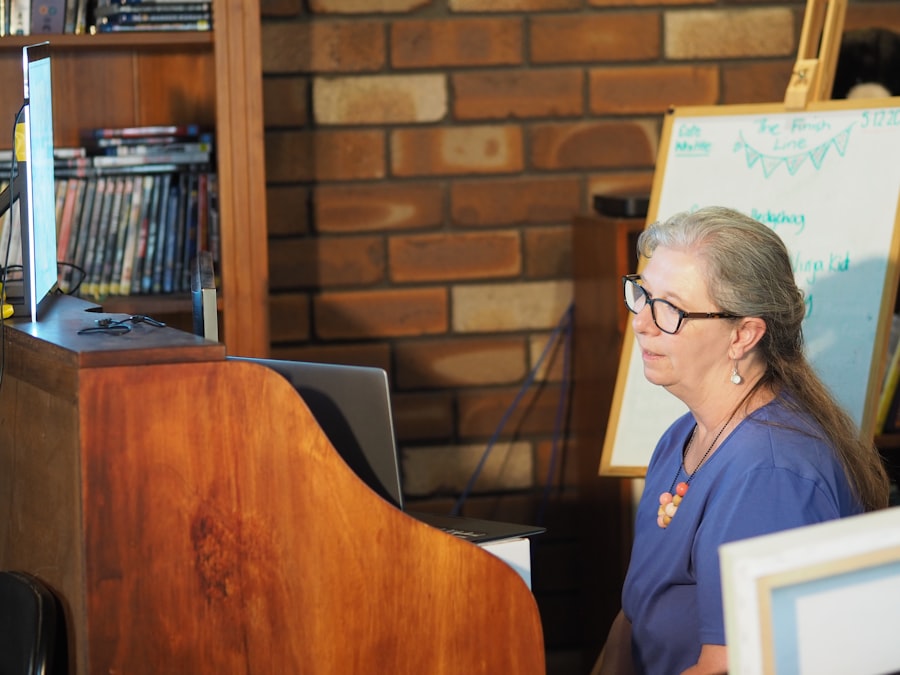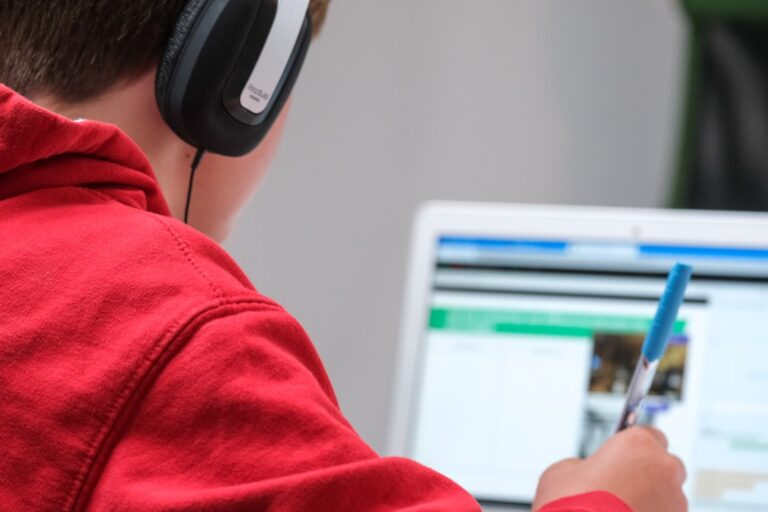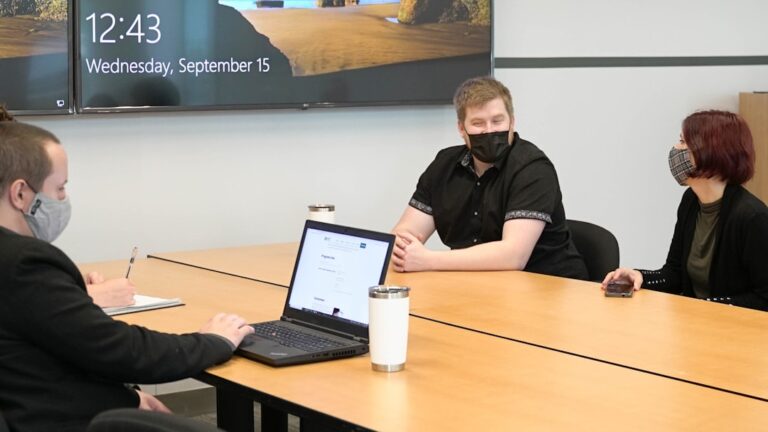In recent years, virtual reality (VR) has transitioned from a niche technology primarily associated with gaming and entertainment to a transformative tool in the field of education. This shift has been fueled by advancements in VR hardware and software, making it more accessible and affordable for educational institutions. Schools and universities are increasingly recognizing the potential of VR to create immersive learning experiences that traditional teaching methods cannot replicate.
The integration of VR into educational curricula is not merely a trend; it represents a fundamental change in how knowledge is imparted and absorbed. The rise of VR in education can be attributed to several factors, including the growing demand for innovative teaching methods that cater to diverse learning styles. Educators are seeking ways to engage students more effectively, and VR offers a unique solution by allowing learners to interact with content in a three-dimensional space.
For instance, medical students can practice surgical procedures in a simulated environment, while history students can explore ancient civilizations through virtual field trips. This hands-on approach not only enhances understanding but also fosters a deeper emotional connection to the material being studied.
The Potential Impact of Virtual Reality on Learning
Enhanced Memory Recall
Research has shown that immersive experiences can lead to better memory recall compared to traditional learning methods. When students are placed in a virtual environment where they can manipulate objects and engage with scenarios, they are more likely to remember the information presented.
Experiential Learning in Action
For example, a biology class that utilizes VR to explore the human body allows students to visualize complex systems and processes, making abstract concepts more tangible. Moreover, VR can facilitate experiential learning, which is crucial for subjects that require practical application. In fields such as engineering or architecture, students can design and test their projects in a virtual space before moving to real-world applications.
Preparing Students for Future Careers
This not only reduces the risk of costly mistakes but also encourages creativity and innovation. By simulating real-world challenges, VR prepares students for future careers by providing them with relevant skills and experiences that are often difficult to replicate in a traditional classroom setting.
The Role of Virtual Reality in Engaging Students

Engagement is a critical component of effective learning, and virtual reality has proven to be an exceptional tool for capturing students’ attention. The immersive nature of VR creates an engaging atmosphere that stimulates curiosity and encourages exploration. When students don headsets and enter a virtual world, they are transported beyond the confines of their classroom, which can reignite their passion for learning.
This heightened engagement is particularly beneficial for students who may struggle with conventional teaching methods or have difficulty focusing. Additionally, VR can cater to various learning preferences, making it an inclusive tool for diverse classrooms. Visual learners benefit from the vivid imagery and interactive elements of VR, while kinesthetic learners thrive in environments where they can physically interact with content.
For instance, a chemistry lesson that allows students to conduct virtual experiments can captivate those who learn best through hands-on activities. By accommodating different learning styles, VR fosters an inclusive educational environment where all students have the opportunity to succeed.
The Challenges and Limitations of Virtual Reality in Education
| Challenges and Limitations of Virtual Reality in Education |
|---|
| 1. Cost of VR equipment |
| 2. Technical issues and maintenance |
| 3. Lack of content and educational resources |
| 4. Health and safety concerns |
| 5. Access and equity issues |
| 6. Integration with curriculum and teaching methods |
| 7. Limited research on long-term educational impact |
Despite its many advantages, the implementation of virtual reality in education is not without challenges and limitations. One significant barrier is the cost associated with acquiring VR technology and developing appropriate content. While prices have decreased over time, many schools still face budget constraints that make it difficult to invest in VR equipment and software.
Additionally, creating high-quality educational content requires expertise and resources that may not be readily available to all institutions. Another challenge lies in the need for teacher training and support. Educators must be equipped with the skills necessary to effectively integrate VR into their teaching practices.
This includes understanding how to navigate the technology, design engaging lessons, and assess student learning outcomes within a virtual environment. Without adequate training, teachers may struggle to utilize VR effectively, leading to underwhelming experiences for students. Furthermore, there are concerns about the potential for motion sickness or discomfort among some users, which could hinder the overall effectiveness of VR as a learning tool.
The Future of Virtual Reality in the Classroom
Looking ahead, the future of virtual reality in the classroom appears promising as technology continues to evolve. Innovations such as augmented reality (AR) and mixed reality (MR) are likely to complement VR, creating even more dynamic learning environments. These technologies can enhance traditional teaching methods by overlaying digital information onto the physical world, allowing for interactive experiences that blend real and virtual elements.
As these technologies become more integrated into educational settings, they will provide educators with an expanded toolkit for engaging students. Moreover, as VR becomes more mainstream, we can expect an increase in collaboration between educational institutions and technology developers. This partnership will likely lead to the creation of tailored educational content that aligns with curriculum standards and addresses specific learning objectives.
Additionally, advancements in artificial intelligence may enable personalized learning experiences within VR environments, adapting content to meet individual student needs. As these developments unfold, the potential for VR to revolutionize education will continue to grow.
Virtual Reality and Inclusivity in Education

Inclusivity is a vital consideration in modern education, and virtual reality has the potential to bridge gaps for students with diverse needs. For learners with disabilities or those who face challenges in traditional classroom settings, VR can provide alternative pathways for engagement and understanding. For example, students with mobility impairments can explore environments they may not physically access, such as historical sites or scientific laboratories.
This ability to experience new places and scenarios can enhance their educational journey and foster a sense of belonging. Furthermore, VR can support social-emotional learning by allowing students to step into the shoes of others through immersive storytelling experiences. By simulating real-life situations that require empathy and understanding, students can develop critical social skills that are essential for navigating diverse communities.
Programs designed around social issues—such as bullying or cultural awareness—can help students gain insights into different perspectives, promoting inclusivity and respect within the classroom.
The Ethical Considerations of Virtual Reality in Education
As with any emerging technology, ethical considerations surrounding virtual reality in education must be addressed. One primary concern is data privacy; as VR systems often collect user data to enhance experiences or track progress, it is crucial for educational institutions to implement robust data protection measures. Parents and guardians should be informed about how their children’s data will be used and stored, ensuring transparency in the use of this technology.
Additionally, there are ethical implications related to content creation within VR environments. Developers must be mindful of cultural sensitivity when designing educational experiences that represent diverse communities or historical events. Misrepresentation or stereotyping can perpetuate harmful narratives and undermine the educational value of VR.
Therefore, collaboration with educators and cultural experts during content development is essential to create accurate and respectful representations that enrich student learning.
Implementing Virtual Reality in Educational Settings
Successfully implementing virtual reality in educational settings requires careful planning and consideration of various factors. First and foremost, institutions must assess their technological infrastructure to ensure compatibility with VR systems. This includes evaluating internet bandwidth, hardware capabilities, and available space for immersive experiences.
Schools may need to invest in upgrading their facilities or providing dedicated areas for VR activities. Professional development for educators is another critical component of successful implementation. Training programs should focus on equipping teachers with the skills necessary to integrate VR into their curricula effectively.
This includes not only technical training but also pedagogical strategies for maximizing student engagement and learning outcomes within virtual environments. Additionally, fostering a culture of experimentation among educators can encourage them to explore innovative ways to utilize VR in their teaching practices. Furthermore, collaboration among stakeholders—such as administrators, teachers, parents, and technology providers—is essential for creating a supportive ecosystem for VR integration.
By working together, these groups can identify best practices, share resources, and address challenges collectively. Pilot programs can also be beneficial; starting small allows institutions to evaluate the effectiveness of VR initiatives before scaling up their implementation across broader curricula. In conclusion, while virtual reality presents exciting opportunities for enhancing education through immersive experiences and engagement strategies, its successful integration requires thoughtful consideration of ethical implications, inclusivity efforts, and logistical challenges within educational settings.
As technology continues to advance and educators embrace innovative approaches to teaching and learning, the role of virtual reality in shaping the future of education will undoubtedly expand.
FAQs
What is virtual reality (VR)?
Virtual reality (VR) is a computer-generated simulation of an environment that can be interacted with in a seemingly real or physical way. It typically involves the use of a headset or goggles to immerse the user in the virtual environment.
How is virtual reality used in education?
Virtual reality is used in education to create immersive and interactive learning experiences. It allows students to explore and interact with virtual environments, which can enhance their understanding of complex concepts and subjects.
What are the potential benefits of using virtual reality in education?
The potential benefits of using virtual reality in education include increased student engagement, improved retention of information, and the ability to simulate real-world experiences that may be difficult or impossible to replicate in a traditional classroom setting.
Are there any drawbacks to using virtual reality in education?
Some potential drawbacks of using virtual reality in education include the cost of VR equipment, the need for technical support and training for educators, and concerns about the potential negative effects of prolonged VR use on students’ health and well-being.
What are some examples of virtual reality applications in education?
Examples of virtual reality applications in education include virtual field trips to historical sites or natural landmarks, immersive simulations for science experiments or medical training, and interactive 3D models for subjects like anatomy or engineering.
Is virtual reality in education considered a game-changer?
The use of virtual reality in education has the potential to be a game-changer by transforming the way students learn and engage with educational content. However, its widespread adoption and impact on learning outcomes are still being studied and evaluated.

















